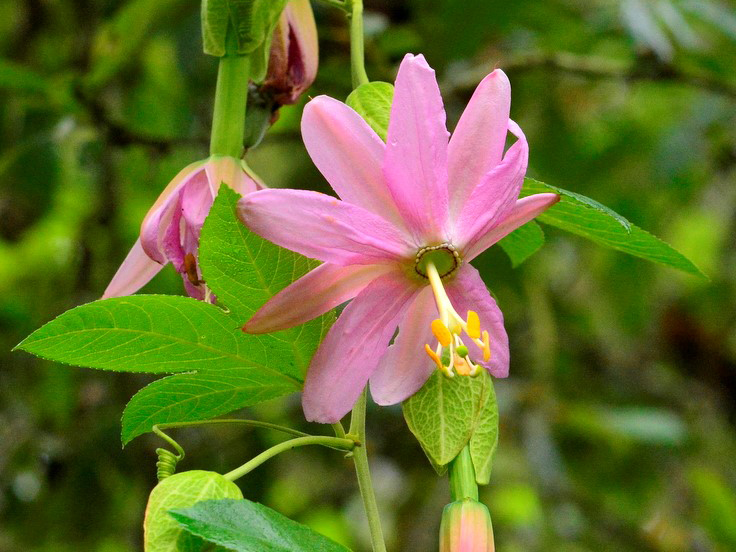Created on: Tuesday, Aug 9th, 2016
GBIF: http://www.gbif.org/species/3587792
CABI: http://www.cabi.org/isc/datasheet/119428
HEAR: http://www.hear.org/species/reports/pasmol_fskm_awwa_report.pdf
PIER: http://www.hear.org/pier/species/passiflora_tarminiana.htm
Note from Lynn Sweet:
On the taxonomy, it is a little troubling, with GRIN having separate entries for P. tarminiana and Passiflora tripartita (Juss.) Poir. var. mollissima (Kunth) Holm-Niels. & P. Jorg., but USDA plants listing these as synonyms. PIER indicates that the problematic species is P. tarminiana, uses the common name banana poka, and some of the information is from sources attributed to P. mollissima. However, much of the PRE evidence is from Hawaii, so in either case, the scores are valid.
http://plants.usda.gov/core/profile?symbol=PATA6
Reviewed by Lynn Sweet.
- < 13 : accept (low risk of invasiveness)
- 13 - 15 : evaluate further
- > 15 : reject (high risk of invasiveness)

